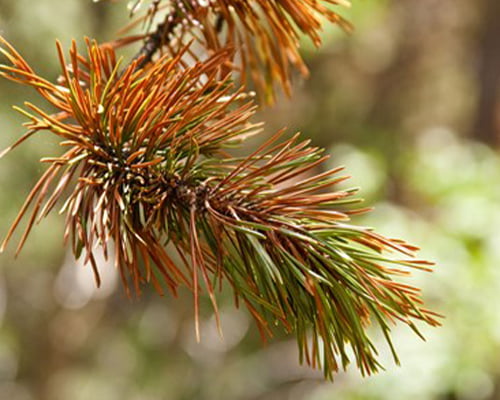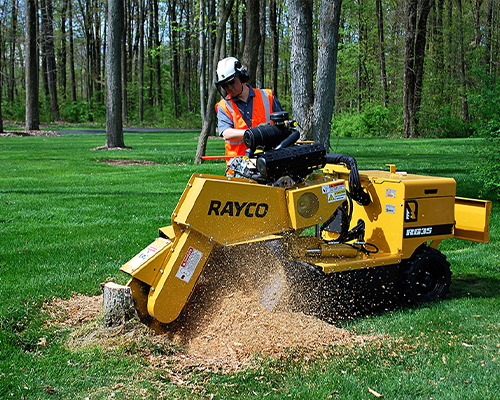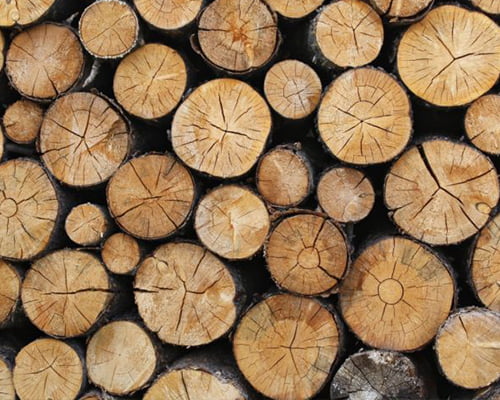
Have you Seen a Spotted Lanternfly?
January 16, 2019
How to Grow a Lemon Tree Outdoors
February 18, 2019Think back to the early days of your treasured evergreen tree. With meticulous care, you watched the tree thrive–sprouting emerald-green needles from the bottom all the way to the tippy-top.
Years later, those older bottom branches become a target for disease and insects.
Evergreen trees turning brown from the bottom up are unsightly. Plus, you’re likely wondering if this means your pine or spruce is dying. Look for these symptoms to see how to save your declining tree.
WHY IS MY EVERGREEN TREE TURNING BROWN FROM THE BOTTOM UP?
1) WATER, PLEASE
In drought-like conditions, evergreens may have trouble getting enough water to all their needles. As a result, bottom needles die to help hydrate the rest of the tree.
This problem is easy to fix!
If the tree’s soil is dry to the touch, give it extra water through summer’s dry spells. Continue watering throughout the fall, and apply mulch to seal in moisture.
2) A PEST OR DISEASE
Evergreens attract a few common pests and diseases. Most commonly, there’s the pine beetle that attacks trees from the inside out, and the cytospora canker disease that leaves bulges on branches while seeping sap from the trunk.
Look on your evergreen’s branches for small holes or sawdust, which points to an insect infestation. To spot a disease on a pine or spruce, look for anything from large cankers leaking white sap to needle death on inner branches.
If you see something odd or worrisome, have an expert take a look. He’ll help diagnose and determine the best course of action.
3) IT’S JUST NATURAL.
Evergreens naturally wean out older needles as part of their growing cycle. Plus, when higher needles branch out, lower ones blocked from sunlight may die off. Since trees have a finite amount of energy, they want to prioritize the needles that can get sunlight to complete photosynthesis.
As long as the soil is moist to the touch, and you don’t spot an infestation, your tree is in good shape.
Check in with your arborist to see if it’s safe to prune browning branches for a better appearance. Just to be safe! This way, if there is a problem, we can spot it and develop a treatment plan sooner.





